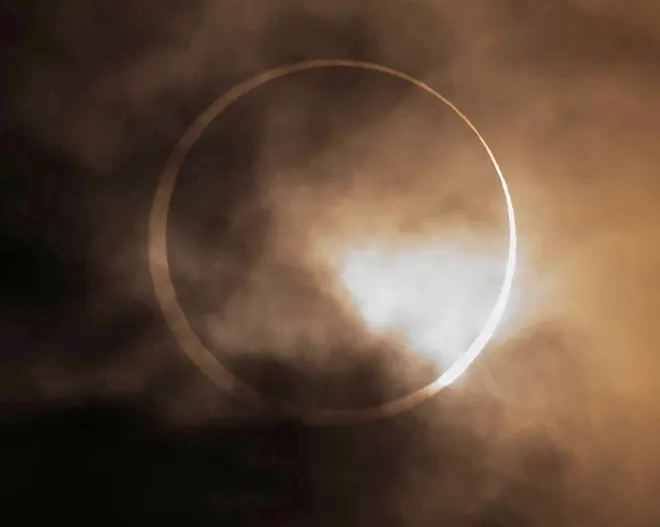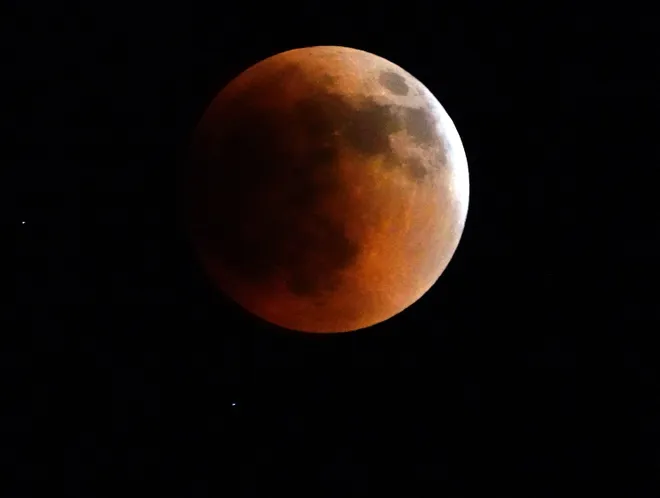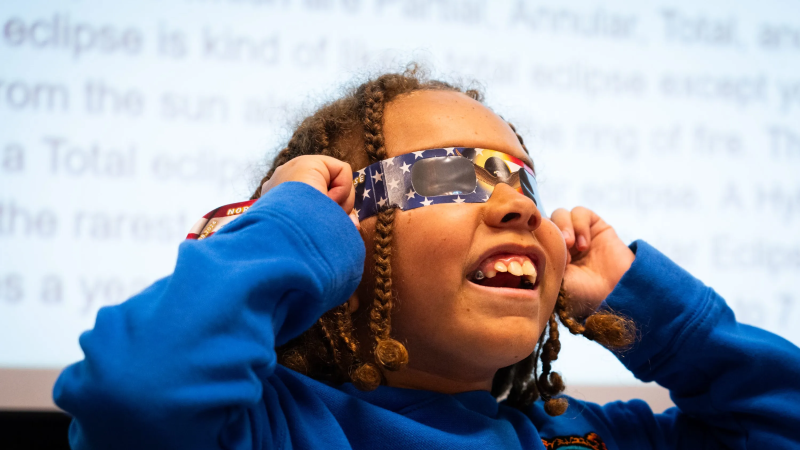What is the difference between a solar eclipse and a lunar eclipse?
It almost time! Millions of Americans across the country Monday are preparing to witness the once-in-a-lifetime total solar eclipse as it passes over portions of Mexico, the United States and Canada.
It's a sight to behold and people have now long been eagerly awaiting what will be their only chance until 2044 to witness totality, whereby the moon will completely block the sun's disc, ushering in uncharacteristic darkness.
That being said, many are curious on what makes the solar eclipse special and how is it different from a lunar eclipse.
The total solar eclipse is today:Get the latest forecast and everything you need to know
What is an eclipse?
An eclipse occurs when any celestial object like a moon or a planet passes between two other bodies, obscuring the view of objects like the sun, according to NASA.
What is a solar eclipse?
A total solar eclipse occurs when the moon comes in between the Earth and the sun, blocking its light from reaching our planet, leading to a period of darkness lasting several minutes. The resulting "totality," whereby observers can see the outermost layer of the sun's atmosphere, known as the corona, presents a spectacular sight for viewers and confuses animals – causing nocturnal creatures to stir and bird and insects to fall silent.
Partial eclipses, when some part of the sun remains visible, are the most common, making total eclipses a rare sight.

What is a lunar eclipse?
A total lunar eclipse occurs when the moon and the sun are on exact opposite sides of Earth. When this happens, Earth blocks the sunlight that normally reaches the moon. Instead of that sunlight hitting the moon’s surface, Earth's shadow falls on it.
Lunar eclipses are often also referred to the "blood moon" because when the Earth's shadow covers the moon, it often produces a red color. The coloration happens because a bit of reddish sunlight still reaches the moon's surface, even though it's in Earth's shadow.

Difference between lunar eclipse and solar eclipse
The major difference between the two eclipses is in the positioning of the sun, the moon and the Earth and the longevity of the phenomenon, according to NASA.
A lunar eclipse can last for a few hours, while a solar eclipse lasts only a few minutes. Solar eclipses also rarely occur, while lunar eclipses are comparatively more frequent. While at least two partial lunar eclipses happen every year, total lunar eclipses are still rare, says NASA.

Another major difference between the two is that for lunar eclipses, no special glasses or gizmos are needed to view the spectacle and one can directly stare at the moon. However, for solar eclipses, it is pertinent to wear proper viewing glasses and take the necessary safety precautions because the powerful rays of the sun can burn and damage your retinas.
Contributing: Eric Lagatta, Doyle Rice, USA TODAY
Disclaimer: The copyright of this article belongs to the original author. Reposting this article is solely for the purpose of information dissemination and does not constitute any investment advice. If there is any infringement, please contact us immediately. We will make corrections or deletions as necessary. Thank you.





